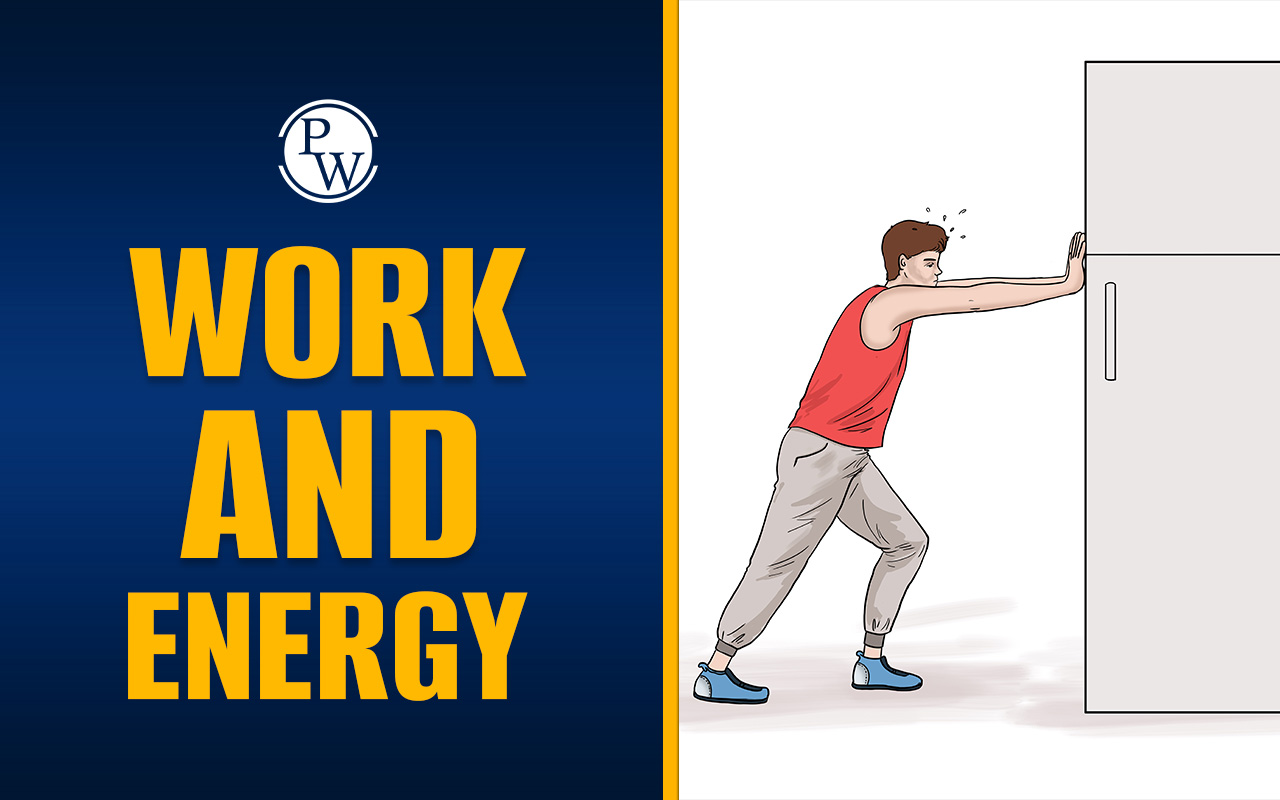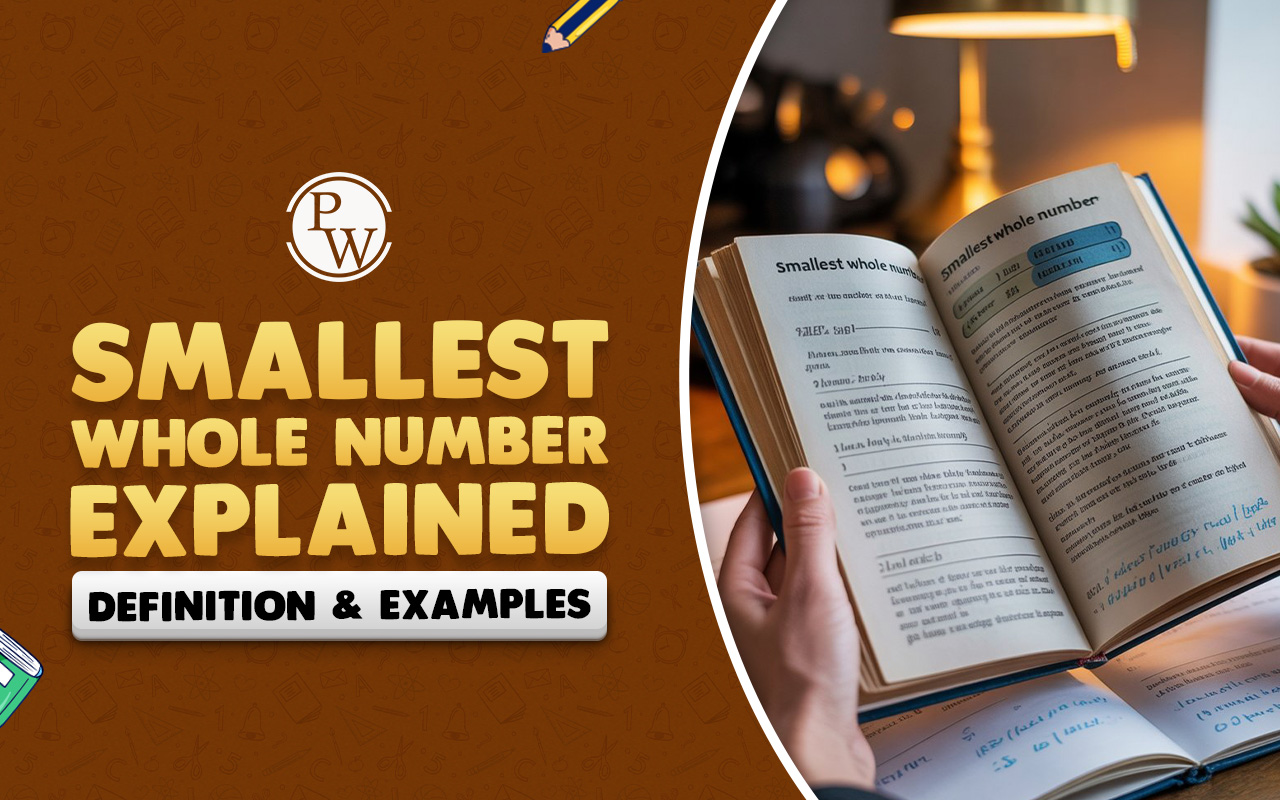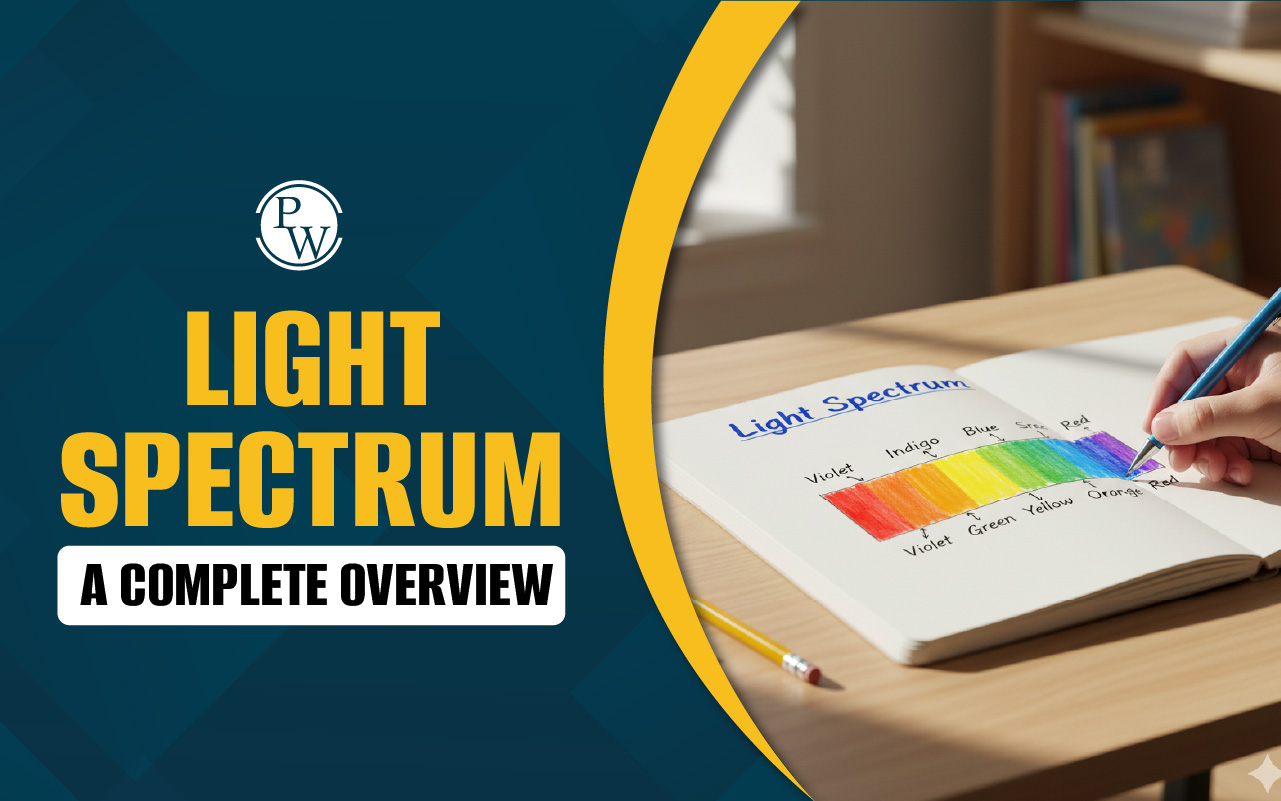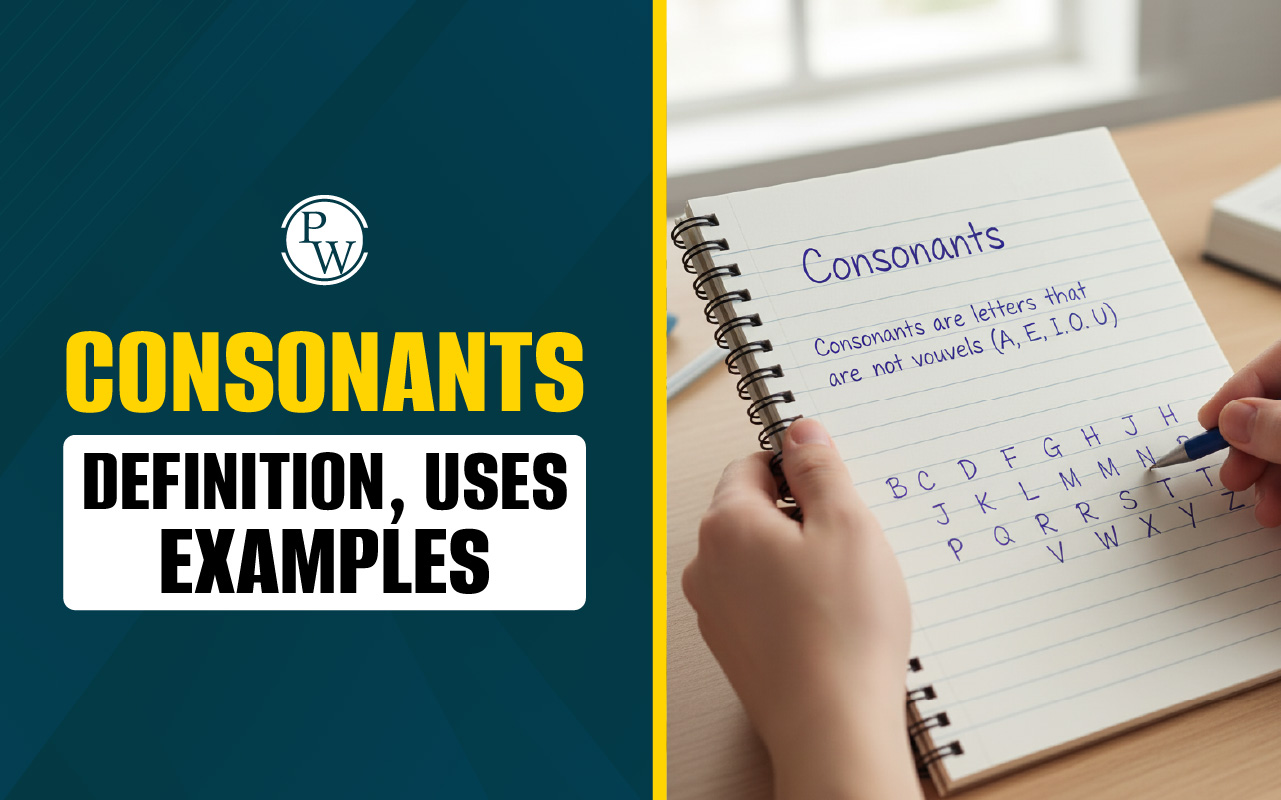
NCERT Solutions for Class 4 EVS Chapter 16: NCERT Solutions for Class 4 EVS Chapter 16 A Busy Month explores the fascinating world of birds and their behaviors during different seasons. The chapter is written in the form of a diary, where the narrator observes various birds in their surroundings.
NCERT Solutions for Class 4 EVS Chapter 16 highlights how birds are busy building nests, laying eggs, and taking care of their young ones during this time of the year. The NCERT Solutions for Class 4 EVS Chapter 16 educates students about different bird species, their nesting habits, and how they adapt to their environment.NCERT Solutions for Class 4 EVS Chapter 16 A Busy Month Overview
Chapter 16 of the Class 4 EVS NCERT textbook, titled "A Busy Month," takes students on an exciting journey into the vibrant world of birds. This chapter is uniquely structured as a diary, written by a child who spends time observing various birds around their home and neighborhood during the month of March. The child notes the activities of different birds, highlighting how this is a particularly busy time for them as they engage in nest-building, mating, and raising their young ones. "A Busy Month" aims to cultivate an appreciation for nature and the intricate lives of birds among young learners. It encourages students to observe the natural world around them, fostering curiosity and awareness about environmental conservation. The chapter's engaging narrative and vibrant illustrations make learning about birds both fun and educational, providing a foundation for understanding biodiversity and the importance of preserving wildlife habitats.Related links-
NCERT Solutions for Class 4 EVS Chapter 16 PDF
Here we have provided NCERT Solutions for Class 4 EVS Chapter 16 A Busy Month PDF for the ease of students so that students can easily prepare for their upcoming exams. Students can use this NCERT Solutions for Class 4 EVS Chapter 16 PDF without internet by downloading it.NCERT Solutions for Class 4 EVS Chapter 16 PDF
NCERT Solutions for Class 4 EVS Chapter 16
Below we have provided NCERT Solutions for Class 4 EVS Chapter 16 A Busy Month -1. How many years ago did Gijubhai write this letter?
Answer:
Gijubhai wrote this letter 75 years ago.2. Find out how old your grandfather and grandmother were at that time.
Answer:
At that time, my grandmother had not yet been born, and my grandfather was three years old.3. This letter talks about many different birds. How many of these birds have you seen?
Answer:
I have seen many types of birds.4. How many other birds have you seen? Which ones?
Answer:
I have seen birds like parrot, pigeon, sparrow etc.5. Have you seen a bird’s nest? Where did you see it?
Answer:
Yes, I have seen it in my grandmother's place.NCERT Textbook Page No. 131
6. Which is your favourite bird? Can you show your friends in the class how it flies and what sound it makes?
Answer:
My favourite bird is the pigeon. It should be done by the students.7. Guess what this bird is.

Answer:
The bird is a peacock.8. Do you know of any other bird that makes its nest in a tree trunk as the barbet does?
Yes, a bird that builds a nest in a tree trunk similar to the barbet is the woodpecker.9. If there is a nest inside or around your house, look carefully at it. Remember, do not go too near the nest, and do not touch it. If you do, then the bird will not come to the nest again.
Observe the nest for some days and note down the following things:
(a) Where is the nest made?
Answer:
The nest is made on the branch of a tree.(b) What is the nest made of?
Answer:
Straw and dried leaves are used to make the nest.(c) Is the nest ready, or are the birds still making it?
Answer:
The nest is ready.(d) Can you recognise which bird has made the nest?
Answer:
Yes, the crow has made the nest.(e) What things does the bird bring to the nest?
Answer:
Straw, dry leaves, small stems etc.(f) Is there any bird sitting in the nest?
Answer:
Yes, one crow is sitting in the nest.NCERT Textbook Page No. 132
(g) Do you think there are any eggs in the nest?
Answer:
There are no eggs in the nest.(h) Can you hear any sound like ‘chee chee’ from the nest?
Answer:
Yes, I can hear a "chee chee" sound coming from the nest.(i) If there are chicks in the nest, what do the parent birds bring for them to eat?
Answer:
Parent birds bring grains and insects for their offspring to consume if there are any in the nest.(j) How many times in one hour do the birds come to the nest?
Answer:
The birds come to the nest two to three times in one hour.(k) After how many days did the chicks leave the nest?
Answer:
The chicks leave the nest in two months.(l) Make a picture of the nest in your notebook.
Answer:

NCERT Textbook Page No. 132
10. You have seen how birds use many different things to make their nests. Use some of these things and make a nest. Make a small paper bird to put in your nest.
Answer:
It should be done by the students.NCERT Textbook Page No. 132
Let Us Have Some Fun
1. Make three groups in the class. Each child must draw a picture of an animal and colour it. They should then cut each picture out.
Answer:
It should be done by the students.NCERT Textbook Page No. 133
2. Children in one group will take cut-outs of the pictures of animals that live on land. They should then draw soil, grass and some trees on chart paper. Stick the pictures of the land animals at the correct places on the chart.
Answer:
It should be done by the students.3. The second group will take cut-outs of the pictures of animals that live in the water. They should then colour a chart paper blue to show water. They should also draw water plants, stones etc. They should then stick the pictures of the animals that live in the water on the chart.
Answer:
It should be done by the students.4. The third group will take cut-outs of pictures of animals that live on trees. One child in the group will draw a big three on a chart paper and colour it. Then, all the children in the group must stick their cut-outs of the pictures on the chart paper of their group.
Answer:
It should be done by the students.5. Put up all three charts in your class and discuss about them.
Answer-
It should be done by the students.NCERT Textbook Page No. 133
Bird Feet – Different Kinds for Different Needs

NCERT Textbook Page No. 134
Bird Beaks – According to the Food

NCERT Textbook Page No. 134
Animal Teeth
You have seen that animals have different types of teeth.


NCERT Textbook Page No. 135
Find out about Your Own Teeth and Write.
1. Your age:
Answer:
12 years.2. How many teeth do you have?
Answer:
16 teeth3. Have any of your teeth fallen or broken? How many?
Answer:
two4. How many new teeth do you have?
Answer:
4 new teeth5. How many of your milk teeth have fallen, but no new teeth have come in their place?
Answer:
only 2Find out more about Teeth
1. Look at your friend’s teeth. Are there different kinds of teeth?
Answer:
yes2. Draw one front tooth and one back tooth in your notebook.
Answer:

3. Can you see any difference between these teeth?
Answer:
Yes, their teeth differ from one another. The front tooth is flat and pointed, whereas the back tooth is large and wide.NCERT Textbook Page No. 136
Imagine and Share
1. If you did not have front teeth (both top and bottom), how would you eat a guava? Act and show how.
Answer:
I would eat a guava like an old man if I were without all of my front teeth.2. You have your front teeth but no teeth at the back. Someone gives you a roti. Show how would you eat it.
Answer:
It should be done by the students.3. You do not have any teeth in your mouth. What kind of things would you be able to eat?
Answer:
I will only be able to consume soft foods if I don't have any teeth.4. Draw a picture in your notebook – How would you look if you had no teeth?
Answer:

5. Find out from old people who do not have teeth – what are the kinds of things that they can not eat?
Answer:
Elderly persons without teeth are unable to chew tough foods like chapati, roti, and fried grammes.Benefits of NCERT Solutions for Class 4 EVS Chapter 16
The NCERT Solutions for Class 4 EVS Chapter 16, "A Busy Month," offer numerous benefits for students, aiding in their understanding and appreciation of the natural world, particularly the fascinating behaviors of birds. Here are some key benefits:Comprehensive Understanding : The solutions provide detailed explanations of the chapter, helping students grasp complex concepts related to bird behavior, nesting, and migration patterns.
Clarity and Simplicity : The solutions are written in simple language, making it easier for young learners to comprehend the content. This clarity helps students build a strong foundation in environmental science.
Enhanced Observation Skills : By explaining the activities of birds in detail, the solutions encourage students to observe birds and nature in their surroundings, fostering a sense of curiosity and exploration.
Critical Thinking Development : The chapter includes various questions and activities that stimulate critical thinking, encouraging students to analyze and interpret information about bird life and ecology.
Engagement with Real-Life Examples : The solutions connect theoretical knowledge with real-life examples, helping students relate the content to their own experiences and observations.
NCERT Solutions for Class 4 EVS Chapter 16 FAQs
What is the main theme of Chapter 16 "A Busy Month" in Class 4 EVS?
Why is April a very busy month for birds class 4 questions?
Where is the nest made class 4 answer?
What things does the bird bring to the nest class 4?
Which bird spend most of the time in air?









